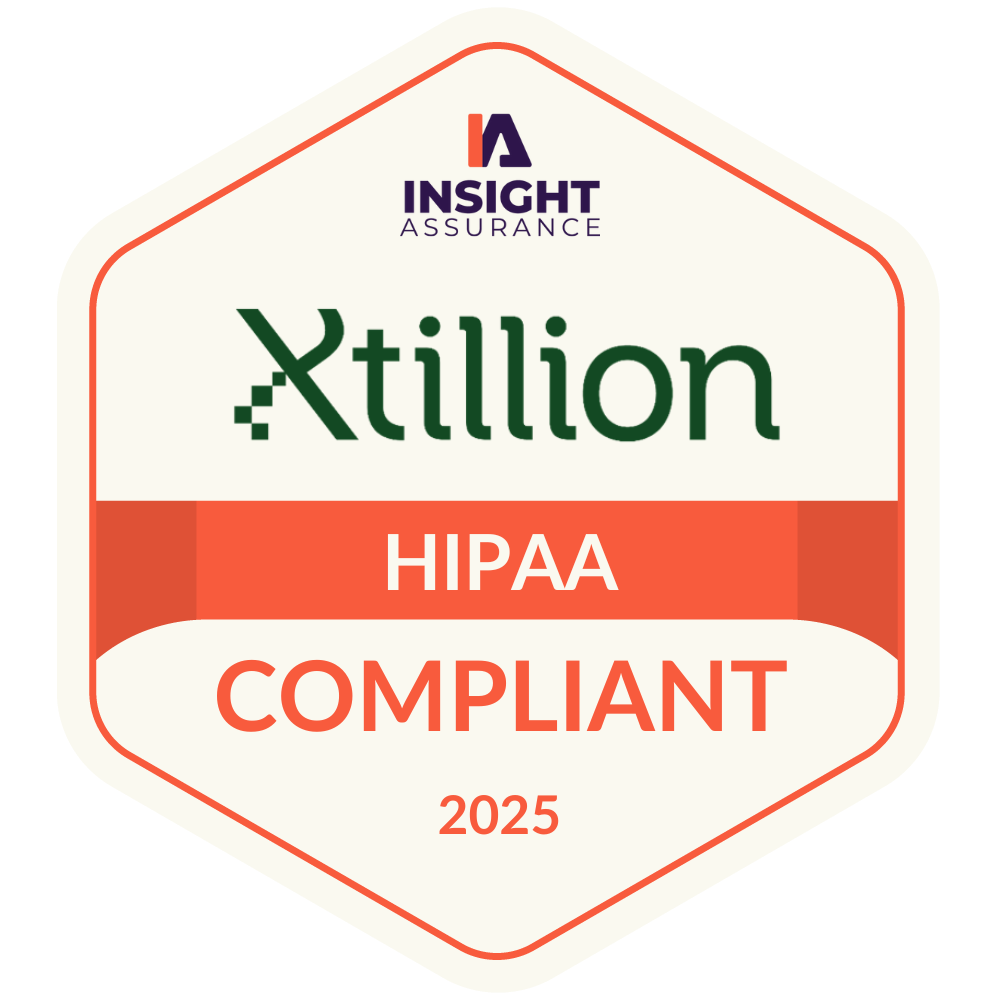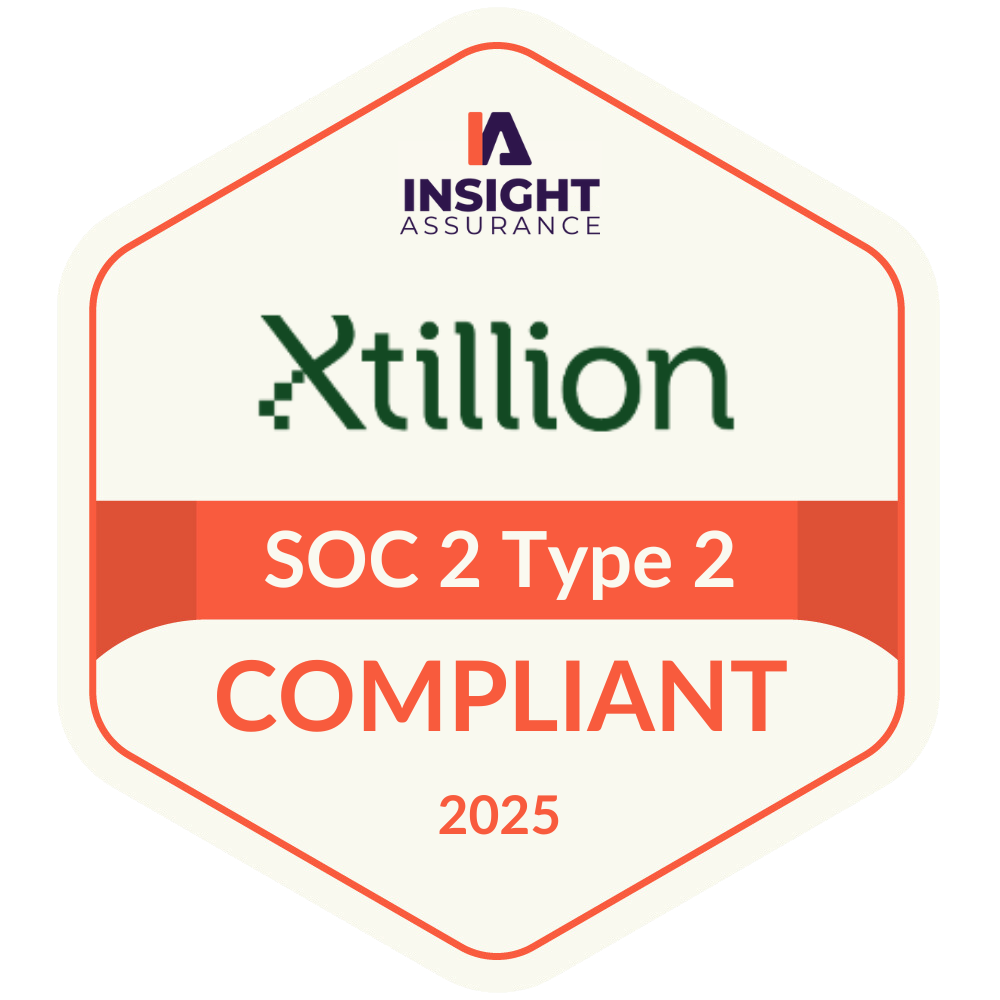"Align early. Understand deeply. Validate often. These principles don’t just prevent failure—they accelerate progress and maximize business impact."
Modernizing a legacy data stack is one of the most critical steps a business can take to unlock the full value of its data. When executed well, a migration enhances data accessibility, ensures consistency across teams, reduces operational risk, and lays the foundation for advanced analytics and AI. But these outcomes aren’t guaranteed—they depend entirely on how the migration is approached. Over time, we’ve developed and refined a set of principles that consistently lead to successful migrations. These aren’t technical hacks or silver bullets—they’re the foundational practices that ensure transformation efforts are efficient, scalable, and aligned with business goals.
The first principle: Start with alignment, not execution
Too often, organizations begin by converting code or moving workloads before stakeholders are truly aligned on objectives, constraints, and delivery priorities. This creates unnecessary rework and confusion. Every migration should begin with a structured, cross-functional alignment phase. Engineering teams, analysts, business owners, and infrastructure leads must come together to define shared success criteria, map out the technical landscape, and agree on responsibilities.
This discipline is easier said than done. Business pressures often incentivize quick delivery of visible results, encouraging teams to show early wins by migrating code as fast as possible. However, rushing into execution without proper alignment can create negative value: code that appears functional but is based on incorrect assumptions, hardens bad logic, and ultimately needs to be redone. Delivering the wrong outputs early is worse than delivering nothing at all. True velocity comes from investing in clarity first, ensuring that every step forward moves the organization closer to its real goals.

A Gen AI rendering of a bridge being built, a representation of building critical infrastructure.
The Second Principle: Invest early in domain understanding
Legacy systems often evolve organically, carrying years of business logic embedded in code that was never designed for clarity or reuse. Migrating these systems without understanding the underlying context leads to fragile, inaccurate outcomes. Modern migrations demand tight collaboration between engineers and domain experts from day one. Before any logic is rebuilt, the team must unpack how it works, why it matters, and how to represent it more cleanly in the new system.
One effective approach is to form small, cross-functional “domain pods,” where engineers focus on migrating a specific slice of the business and become deeply familiar with its nuances. This not only speeds up the migration—it improves accuracy and future maintainability.
The Third Principle: Validate continuously, not eventually
Many teams fall into the trap of postponing validation until the very end of a migration. This approach creates risk, delays, and unnecessary churn. Instead, validation should be embedded into the process from the beginning. As each procedure or workflow is migrated, its outputs should be compared against trusted historical reports or known benchmarks.
These fast feedback loops make it easier to catch discrepancies early and build stakeholder confidence throughout the project. Continuous validation also creates opportunities to improve and modernize logic incrementally, rather than carrying over legacy issues unchanged.
While tools and platforms matter—whether you’re moving from SAS and SQL Server to Databricks and Python, or modernizing a data warehouse for real-time use cases—the true drivers of success in any migration are people and process. Align early. Understand deeply. Validate often. These principles don’t just prevent failure—they accelerate progress and maximize business impact.
Organizations that treat migrations as strategic initiatives rather than technical chores are the ones that see the biggest returns. A modern data stack isn’t just about infrastructure. It’s about enabling the business to think faster, act smarter, and grow with confidence.
Let's Connect
Contact Us
Let's Connect
Contact Us



